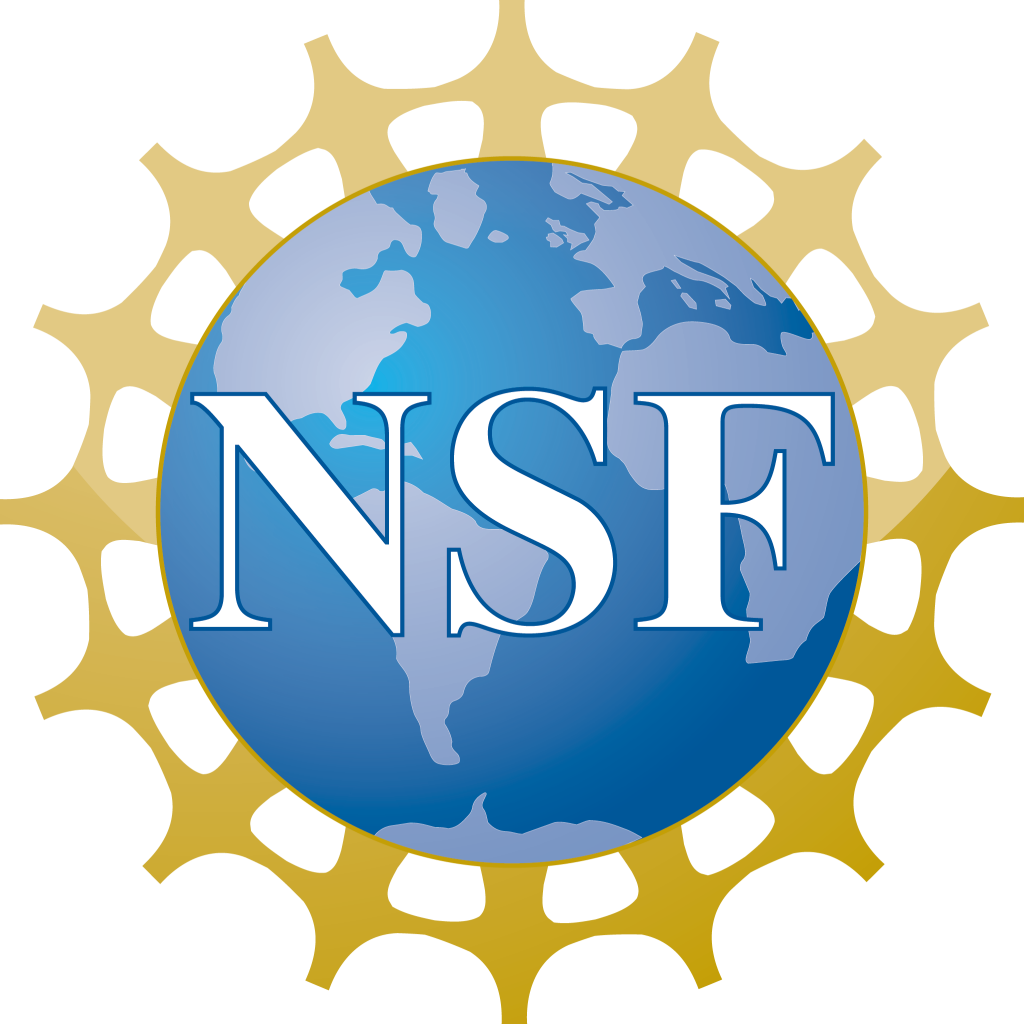


To set a new standard (for say, water quality), the NSF assembles a group of industry leaders, public health officials, and user representatives. Standard setting is an important part of the NSF’s business. Today, NSF International leaves a sasquatch-sized footprint, operating in 165,000 square feet of laboratory space, stretching its reach across more than 150 countries around the world. NSF has since expanded beyond the United States, officially rebranding itself as NSF International in 1990. It was founded in 1944 at the University of Michigan’s School of Public Health with the initial purpose of standardizing food safety requirements. NSF, by the way, stands for “National Sanitation Foundation”. The certification indicates that a product or service complies with predetermined standards of quality, safety, and sanitation. NSF certification is a third-party seal of approval administered by NSF International. What does NSF certification entail? What products does NSF certify? And is the certification worth it? That’s what we’ll cover in today’s blog. That’s how NSF International makes money. Their business is to test the products and services of other businesses, as well as set standards for safety and quality. They audit ingredients, manufacturing processes, label claims, and more. NSF certifications are distributed by NSF International, a third-party organization that independently tests a wide range of products to uphold quality and safety standards. Those white letters in a blue circle signal that a product is NSF certified-but what does that actually mean? Most of us have seen the mark of NSF emblazoned on supplements, water bottles, and consumer wares.


 0 kommentar(er)
0 kommentar(er)
